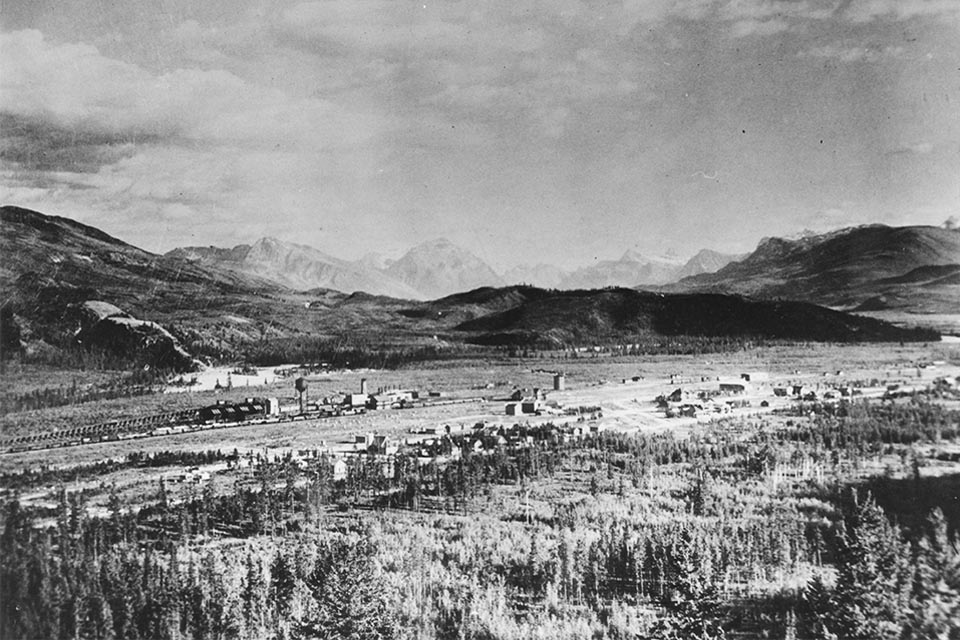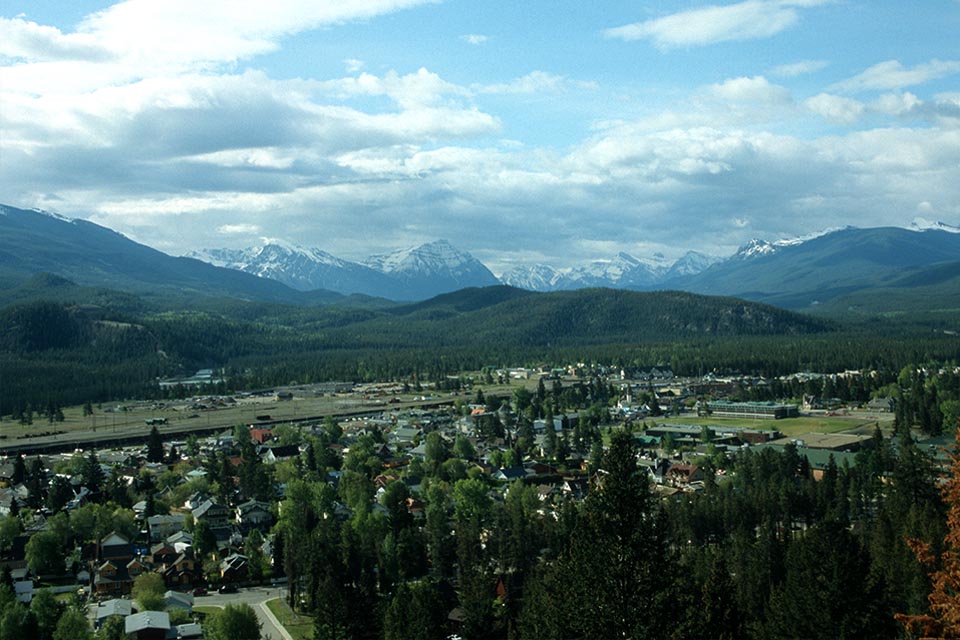Prior to about 1910, the Athabasca Valley near and around the town of Jasper was frequently burned by fires, some ignited by lightning, but probably more often by First Nations. Several sets of images (click for link) help illustrate this fascinating history of landscape change.
After the removal of Indigenous peoples and their routine early and late season prescribed fires, much of the Athabasca Valley is now covered with dense, mature lodgepole pine, and much of this was killed by mountain pine beetle in the period 1995 to 2015. Tragically, this created conditions for a massive wildfire that burnt much of the valley and the town on July 24-26, 2024. Similar fires destroyed much of Kelowna (2003), Slave Lake (2011), Fort McMurray (2014), Lytton (2021), and Little Shuswap Lake (2023). One potential solution is to create “community forests” around towns and villages and encourage local residents and fire departments a larger role in managing forests to reduce risk of these fires entering their towns. This is idea is further described here for potential application near Canmore, Banff and the Bow Valley.
Map

